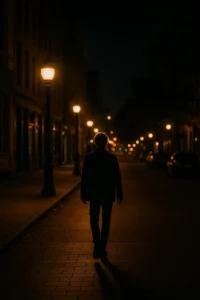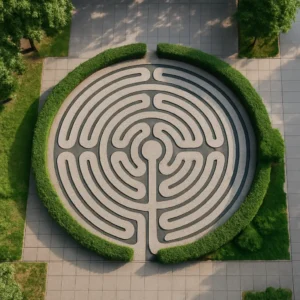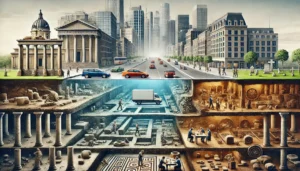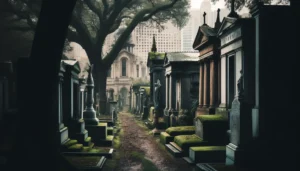Underground metro station history is not just about transportation — it reflects the evolution of urban life, architecture, and culture. These spaces, often hidden beneath the surface, hold stories of connection, innovation, and even abandonment. Across the world, these underground passages offer a unique lens into city development and forgotten narratives.
The Birth of Metro Systems
The first underground metro systems emerged in the 19th century, beginning with the London Underground in 1863. Over time, these early systems became models for cities across Europe, Asia, and the Americas. As cities grew, underground stations became symbols of progress and modernity.
The Evolution of Underground Metro Station History
As decades passed, stations transformed architecturally and culturally. Initially designed for function, they began to reflect aesthetics and national pride. In Moscow, for example, metro stations were designed as “palaces for the people,” featuring chandeliers, mosaics, and marble columns. Meanwhile, in Paris, art nouveau entrances added charm to daily commutes.
These changes highlight how underground metro station history is deeply intertwined with a city’s identity and political moments.
Forgotten Tunnels and Hidden Stories
Not all stations stood the test of time. Some were closed, abandoned, or never completed. These forgotten spaces became magnets for urban explorers and historians alike.
- City Hall Station (NYC): Once a crown jewel, now hidden and closed to the public.
- Aldwych Station (London): A ghost station turned film set.
- Cincinnati Subway (USA): An entire system that was never opened.
These stations are more than ruins — they are silent witnesses of a city’s unmet dreams and urban shifts.
Art and Expression Underground
In recent years, abandoned stations have become unexpected canvases. Graffiti, installations, and even underground concerts take place in these spaces, turning neglect into narrative.
Moreover, this movement shows how underground metro station history evolves with the people — no longer just transit, but culture.
Urban Exploration and Metro Tunnels
Urban explorers are drawn to the mystery of dark tunnels and locked platforms. However, safety and legality are real concerns.
- Structural dangers like collapsing ceilings and old wiring
- Legal issues such as trespassing fines or arrest
- Hazards including asbestos, mold, or stagnant air
That said, many cities now offer legal underground tours that give a safe way to connect with this hidden layer of urban history.
Ethical Exploration
Urban exploration should be responsible and respectful:
- Don’t damage or remove anything
- Share findings to educate
- Leave everything as you found it
In this way, we preserve the integrity of these hidden places for future generations to learn from.
Underground Metro Station History in Popular Culture
Films, documentaries, and novels often use abandoned metro stations as dramatic settings. From horror to science fiction, these underground relics stir the imagination and symbolize the unknown.
In fact, part of what makes underground metro station history so compelling is its atmosphere — quiet, timeless, and strangely alive.
Final Thoughts: Preserving the Past Below
Underground metro station history reveals more than infrastructure — it unveils forgotten dreams, political shifts, and the heartbeat of changing cities. As explorers, historians, or curious minds, when we peer into these tunnels, we’re not just seeing decay — we’re uncovering memory.
Let’s continue to protect, document, and respect what lies beneath. Because in every echo down a tunnel, a story is waiting to be told.
🔗 Link Interno:
Explore more hidden urban stories
🔗 Link Externo:
Discover hidden metro stations around the world (Atlas Obscura)







